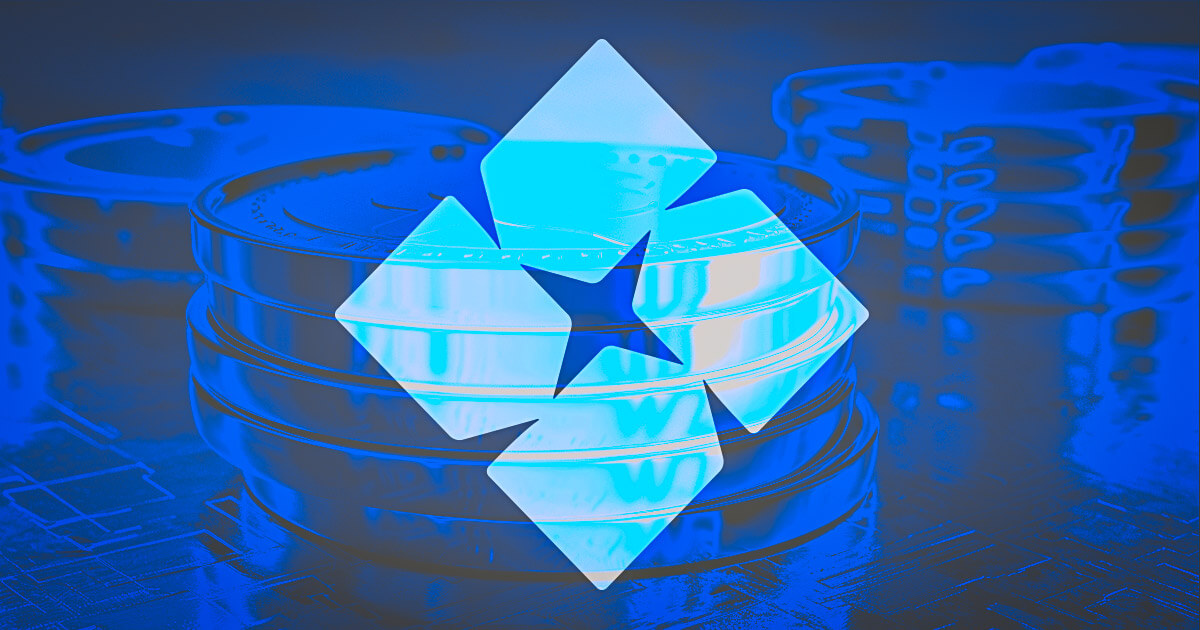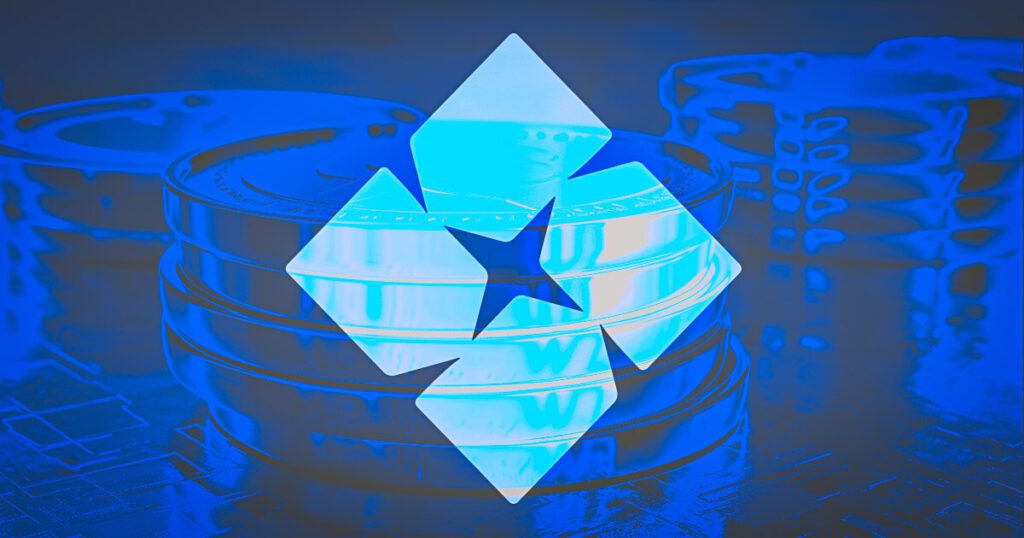
Starknet has launched its staking program for STRK tokens, becoming the first layer 2 Ethereum network to enable staking, according to a November 26 statement shared with CryptoSlate.
The program aims to allow token holders to participate in securing the network while earning rewards.
In this initial phase, token holders with at least 20,000 STRK can stake directly on the network. Those with fewer tokens can delegate their holdings to validators. Both groups will face a mandatory 21-day lock-in period to stop staking, with rewards distributed proportionally based on the amount staked.
At the same time, Starknet also encourages participants to use staking-enabled wallets, paving the way for broader adoption by institutions and retailers.
StarkWare CEO Eli Ben-Sasson said the launch of staking is an important moment for the network. He highlighted that the staking initiative showcases the potential of blockchains to meet growing demand through rollups.
This milestone follows Starknet’s recent achievement of processing 857 transactions per second, setting a benchmark for other Ethereum layer 2 solutions.
Bitwise joins one of the first validators
According to a November 26 announcement, crypto investment firm Bitwise has become one of the first validators of Starknet’s staking program.
The Bitcoin ETF issuer said its Bitwise Onchain solutions, known for its extensive experience in Ethereum staking, would support STRK staking. The company has proposed a public validation address that allows STRK holders to easily delegate their tokens to the platform.
The company explained that it saw Starknet as a suitable choice to expand its staking products to Layer 2 networks, citing the network’s role in advancing blockchain technology through innovations such as ZK-STARK and its language. of programming Cairo.
Bitwise CTO Hong Kim said:
“Starknet has been pushing the boundaries of scalability and security for years with ZK-STARK and its native smart contract language, Cairo. This network has given back a lot to the Ethereum community while remaining committed to its vision of building a more accessible, transparent and sovereign Internet, the “Web of Integrity”.




